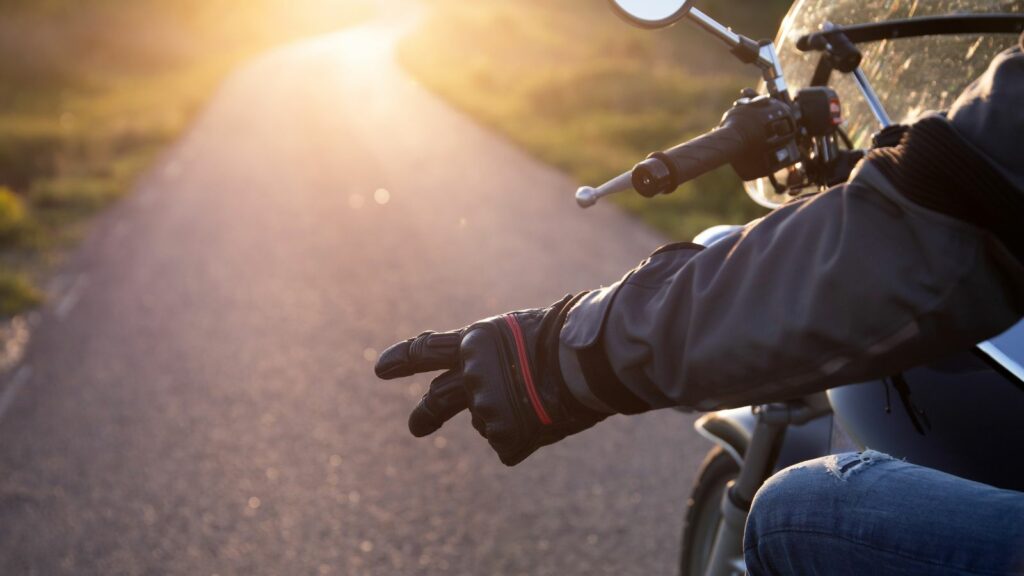Motorcyclists have built their own language on the road, and it doesn’t rely on shouting or fancy electronics. When helmets, engines, and wind drown out words, hand signals become the universal form of communication. These gestures let riders warn each other about hazards, keep group rides organized, and even share a bit of culture and camaraderie. If you’ve ever wondered what those quick hand or foot motions mean, here’s a breakdown of the most common biker hand signals, and why they matter.
Tapping the Top of the Helmet
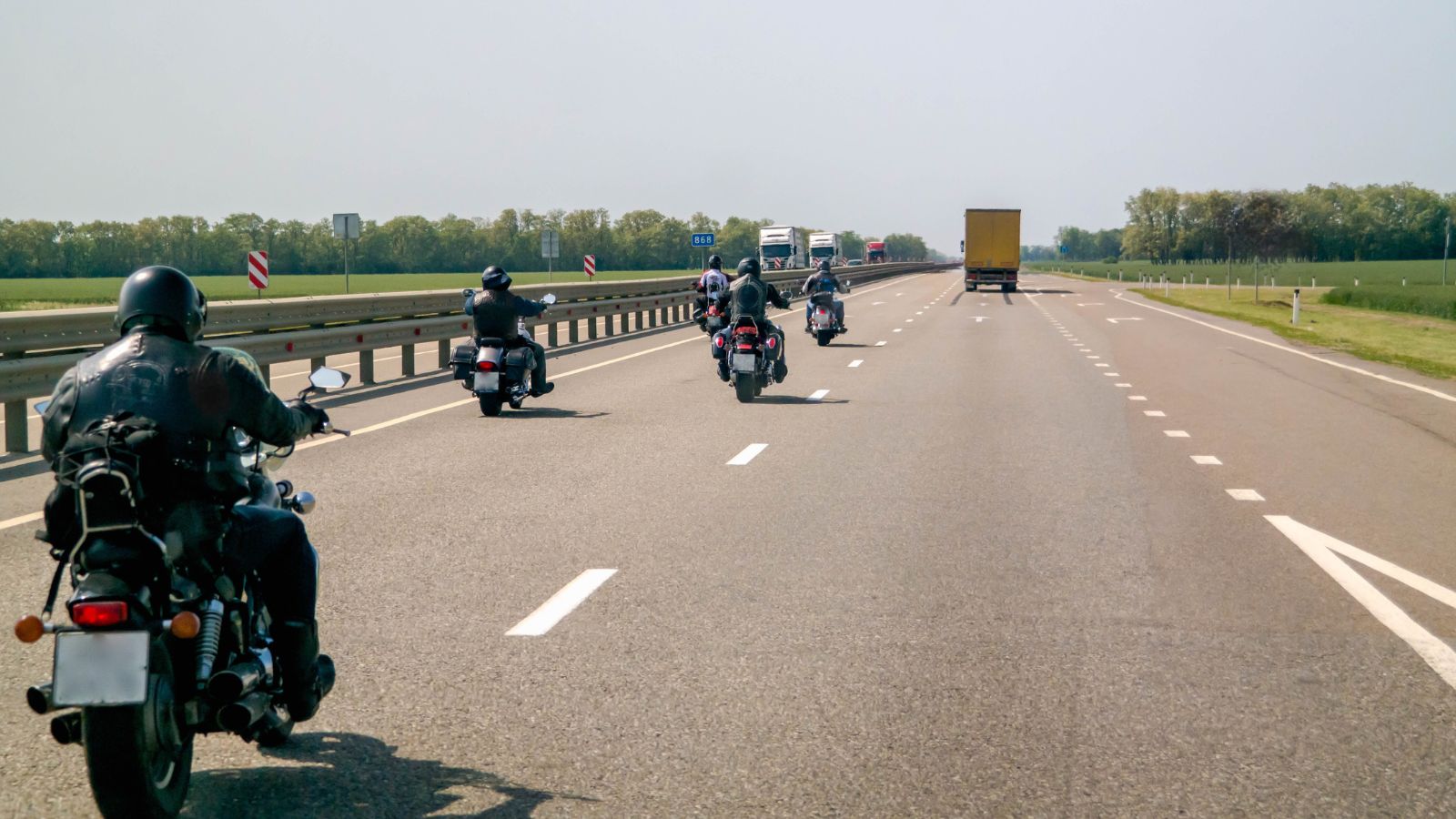
This is one of the most recognized motorcycle signals. A rider tapping the top of their helmet almost always means “police ahead” or “speed trap nearby.” It’s the community way of looking out for each other. While some say it can also mean “check your high beams,” nine times out of ten, it’s a heads-up about law enforcement. You’ll see this used heavily on highways and backroads alike, especially among cruiser and touring riders.
Extending the Left Arm Downward
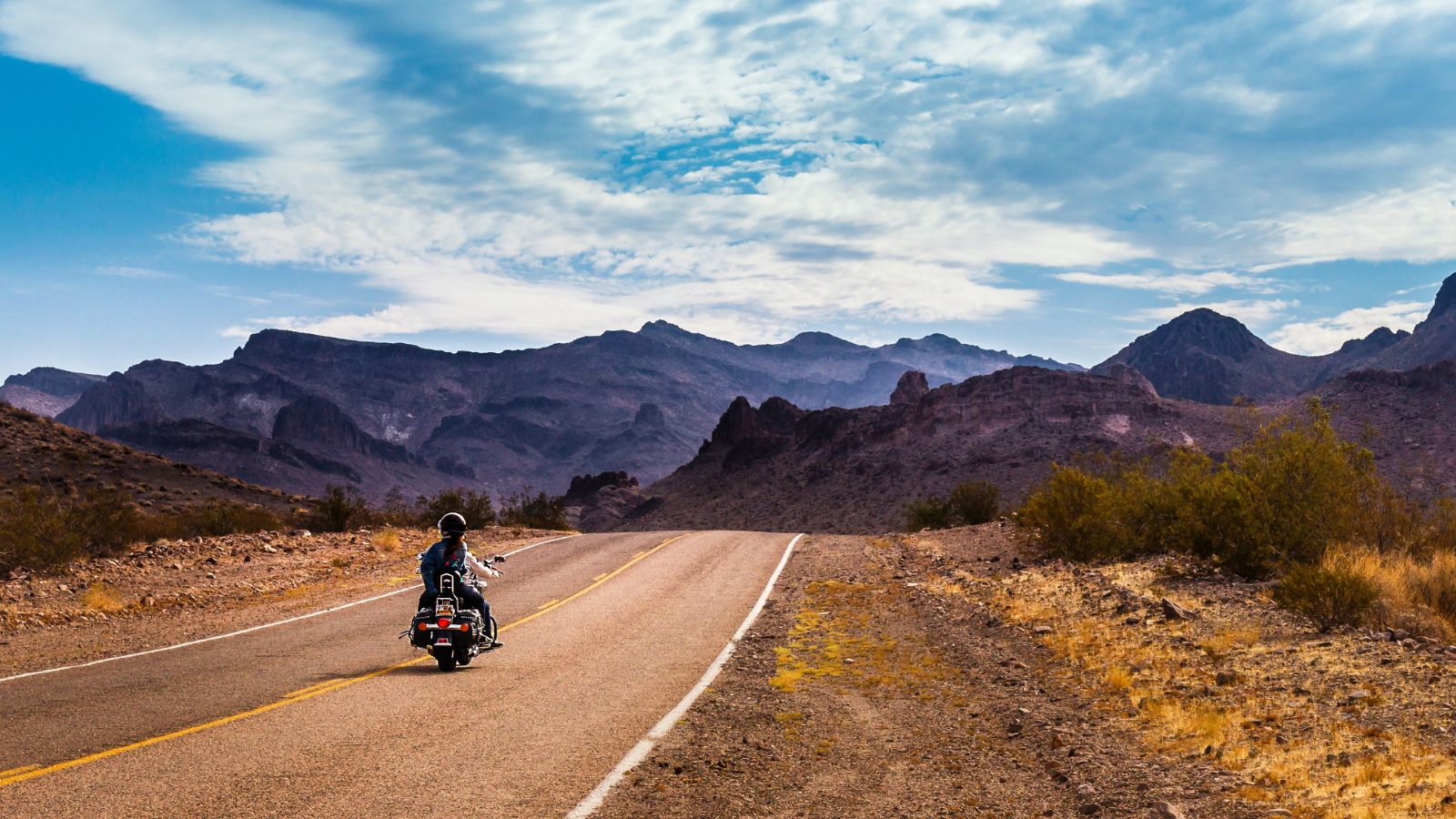
When a rider extends their left arm downward with their palm open, it means “slow down.” This gesture is especially important during group rides, where the lead rider needs to communicate changing conditions—like sharp curves, traffic, or construction zones. Think of it as the manual version of brake lights. In tight packs, it can be the difference between smooth coordination and a messy pile-up.
Left Arm Straight Out
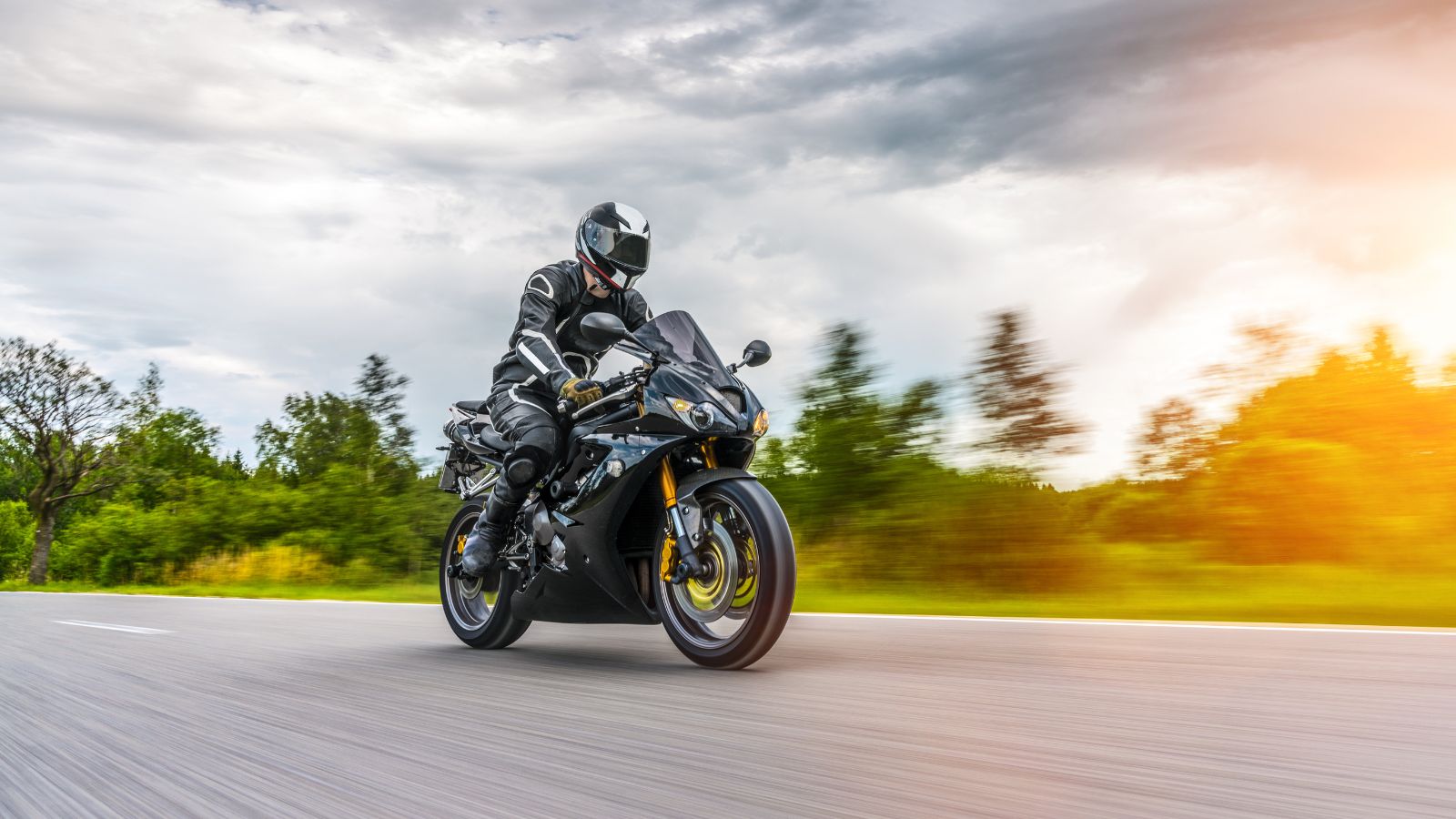
Before motorcycles had reliable turn signals, this was how riders communicated turns. Sticking the left arm straight out with palm down means a left turn. Though modern bikes have blinkers, riders still use this gesture as backup, especially in case of an electrical failure. In some places, hand signals are legally required if your indicators aren’t functioning, so knowing them isn’t just tradition—it’s still law.
Left Arm Bent Upward at 90 Degrees
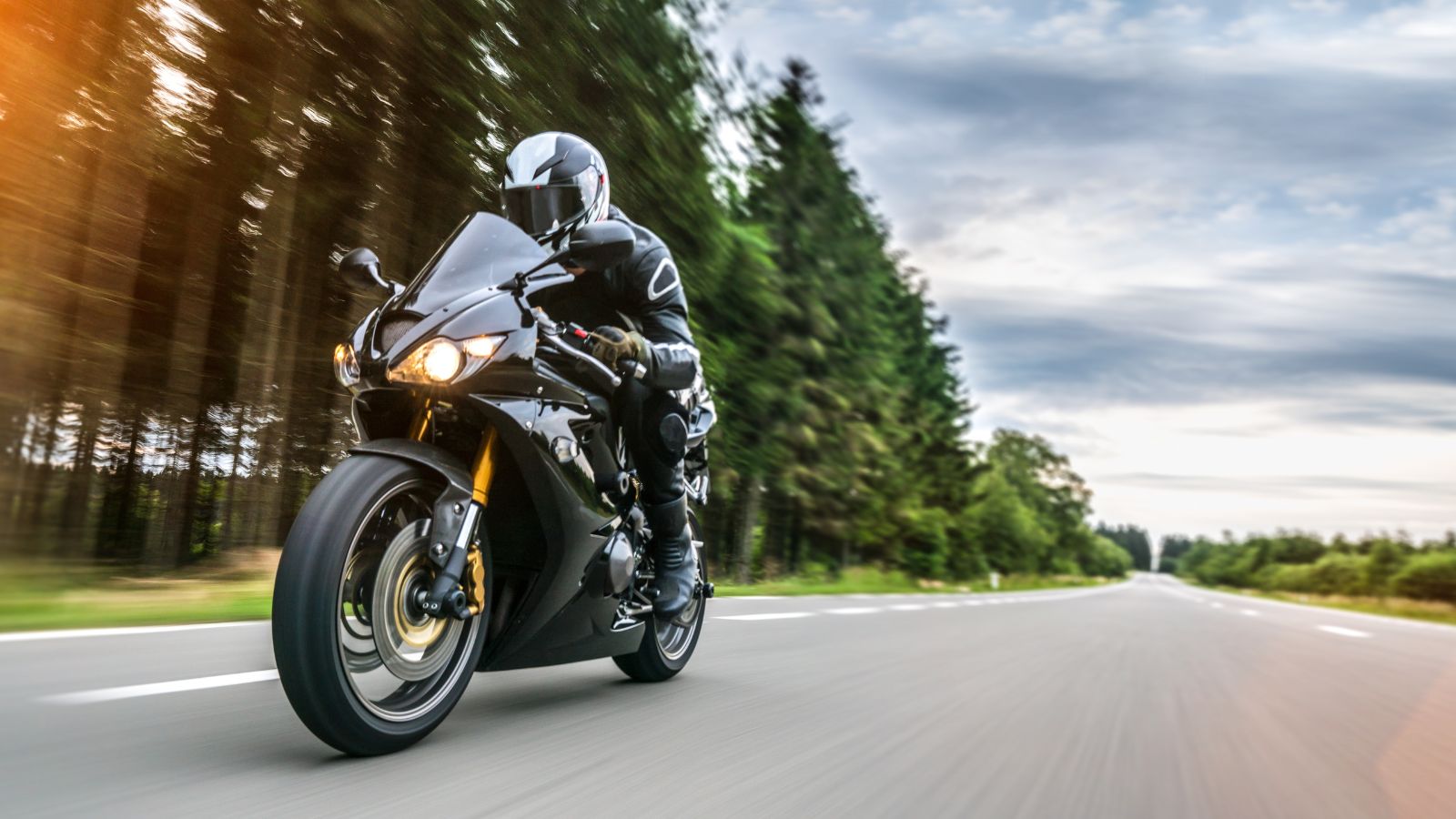
This is the counterpart to the left arm straight out. With the left arm bent at a right angle and hand pointing up, it signals a right turn. It might feel old-fashioned, but on group rides, it helps reinforce your intentions to riders behind you. Sportbike riders in particular sometimes use it when turn signals are hard to spot due to bright daylight or small lenses.
Waving a Foot or Leg Out
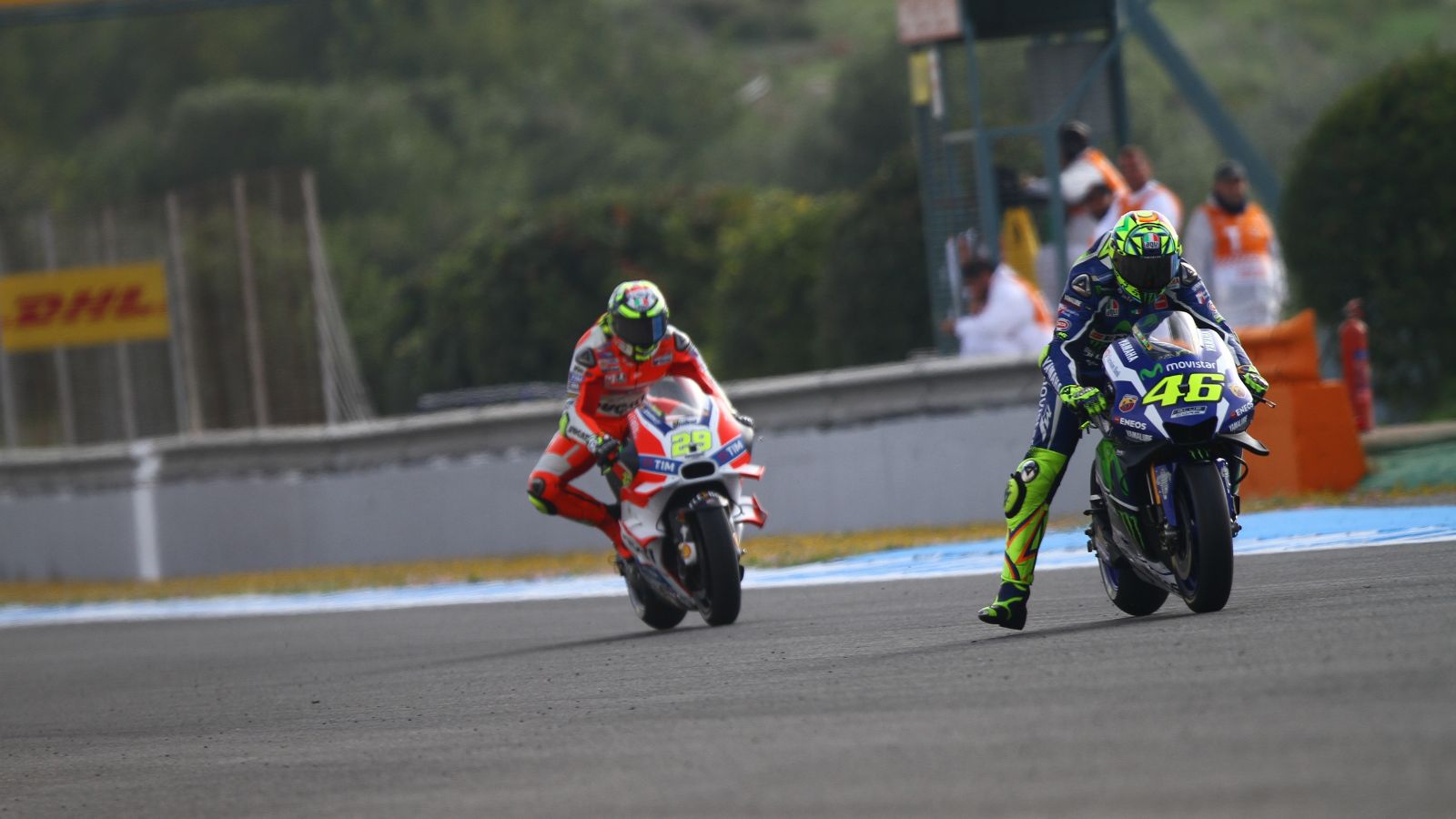
Not every gesture involves hands. If a rider sticks out a leg, usually pointed slightly outward toward the road, it’s often a way of saying “thank you.” Riders use this when a car moves over to give them space or when another rider lets them merge into formation. Since hands are often busy with clutch, throttle, or brake duties—not to mention steering—waving with a boot is the safer, more practical way to show appreciation on the move.
The Two-Finger Wave
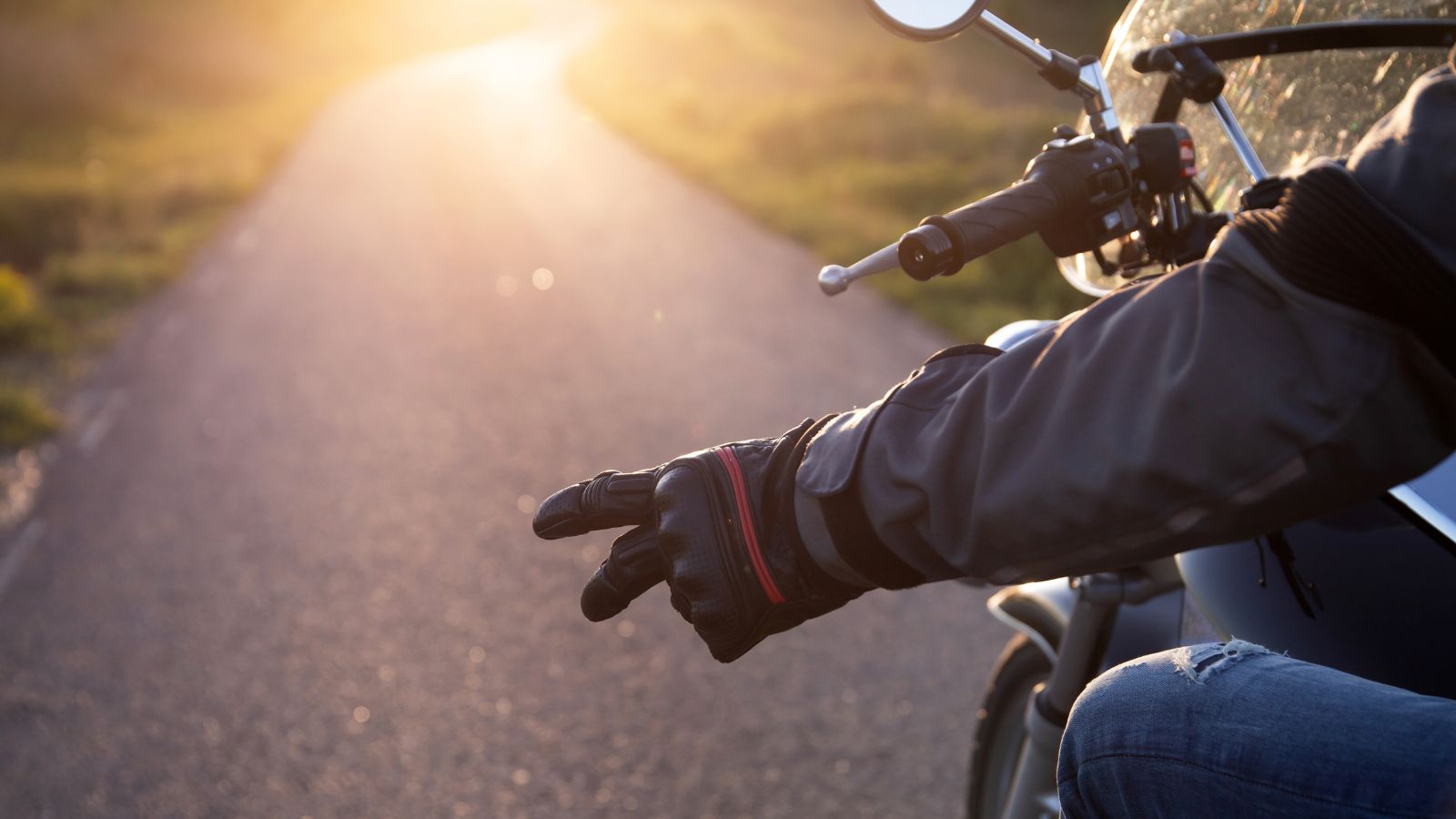
One of the most famous gestures is the two-finger salute, often extended downward with the left hand. It’s less about road safety and more about community. This wave means “ride safe,” “respect,” or simply, “we’re in the same tribe.” Interestingly, the style of wave differs by culture—Harley and cruiser riders often keep it low and subtle, while sportbike riders sometimes throw a more obvious hand wave. In Europe, riders might nod their heads instead, especially in countries where taking a hand off the bars isn’t encouraged.
Patting the Tank or Rear of the Bike
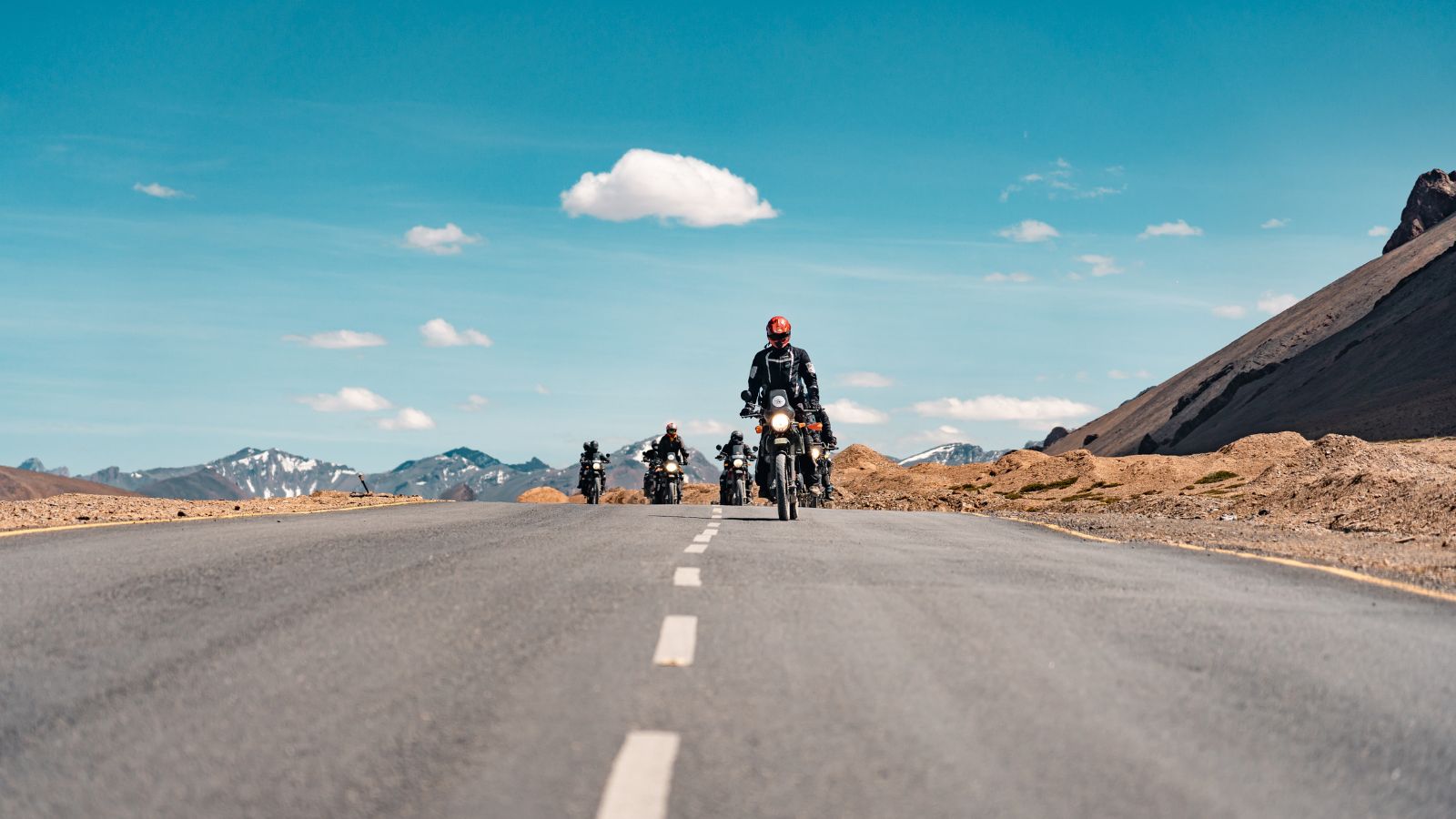
This one splits into two meanings. If a rider pats the gas tank, it’s a signal that they need fuel and may have to stop soon. On the other hand, if they pat the rear of the bike, it means “follow me” or “stay behind me.” Both are incredibly useful on group rides, where clear communication avoids chaos and makes sure no one is left behind or runs out of gas in the middle of nowhere.
Circling Finger in the Air

A rider making a circular motion with their left hand usually means “single file” or “tighten up.” It’s common during group rides when traffic gets heavy or the road narrows. Club leaders and organized group ride captains use this gesture to keep everyone disciplined. It’s one of those signals that reminds you group riding isn’t just fun—it’s coordinated teamwork on two wheels.
Cultural Differences in Hand Signals
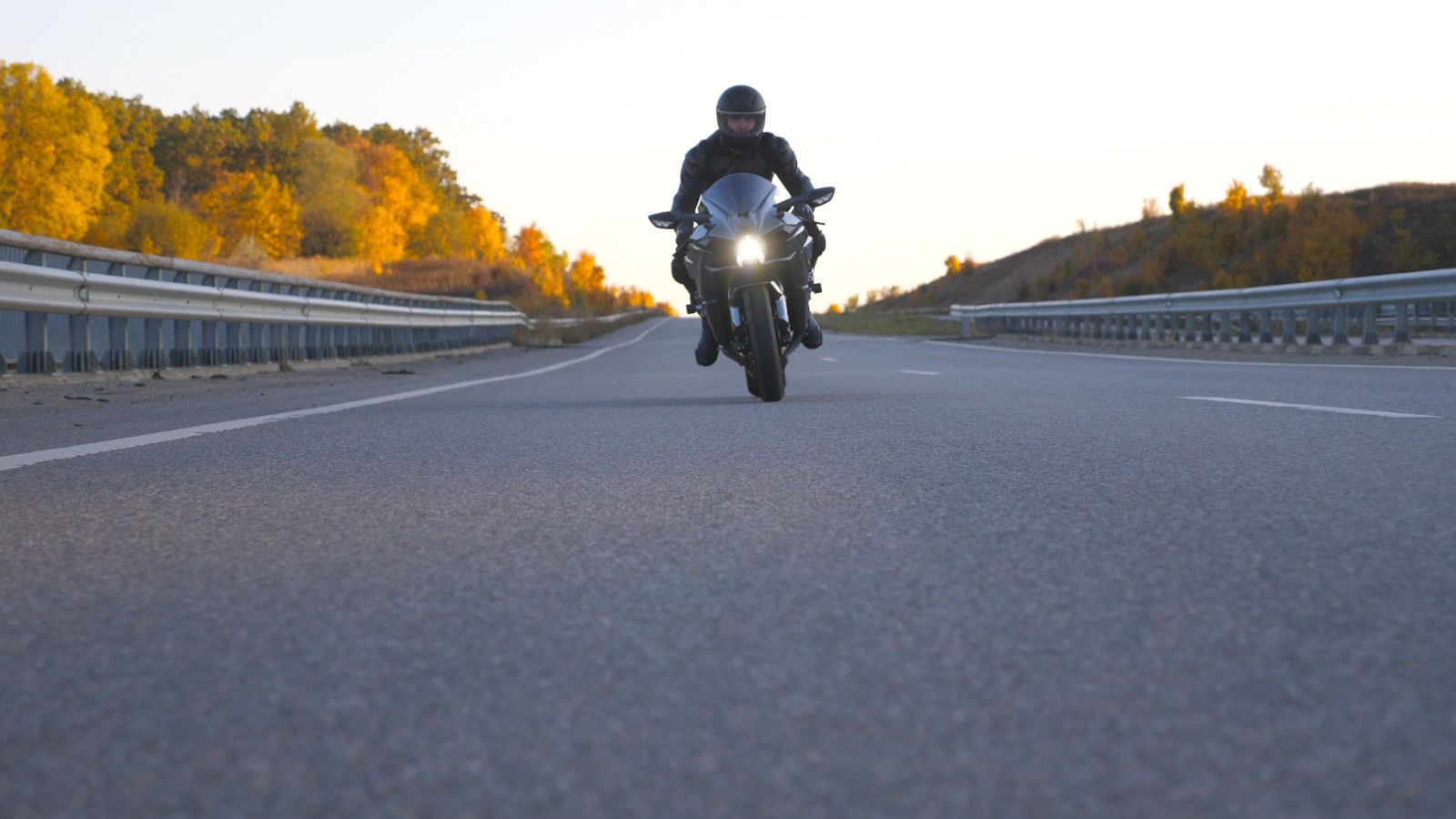
Hand signals aren’t always universal. In Europe, for example, riders often use flashing headlights to warn of police instead of tapping helmets. In the UK, a quick boot wave when passing a car that moved over is considered a polite thank you, similar to what’s common in North America. In parts of Asia, signalling may be less standardized altogether. If you ride abroad, it pays to learn the local biker body language so you don’t get confused—or ignored.
Cruiser Riders vs. Sportbike Riders
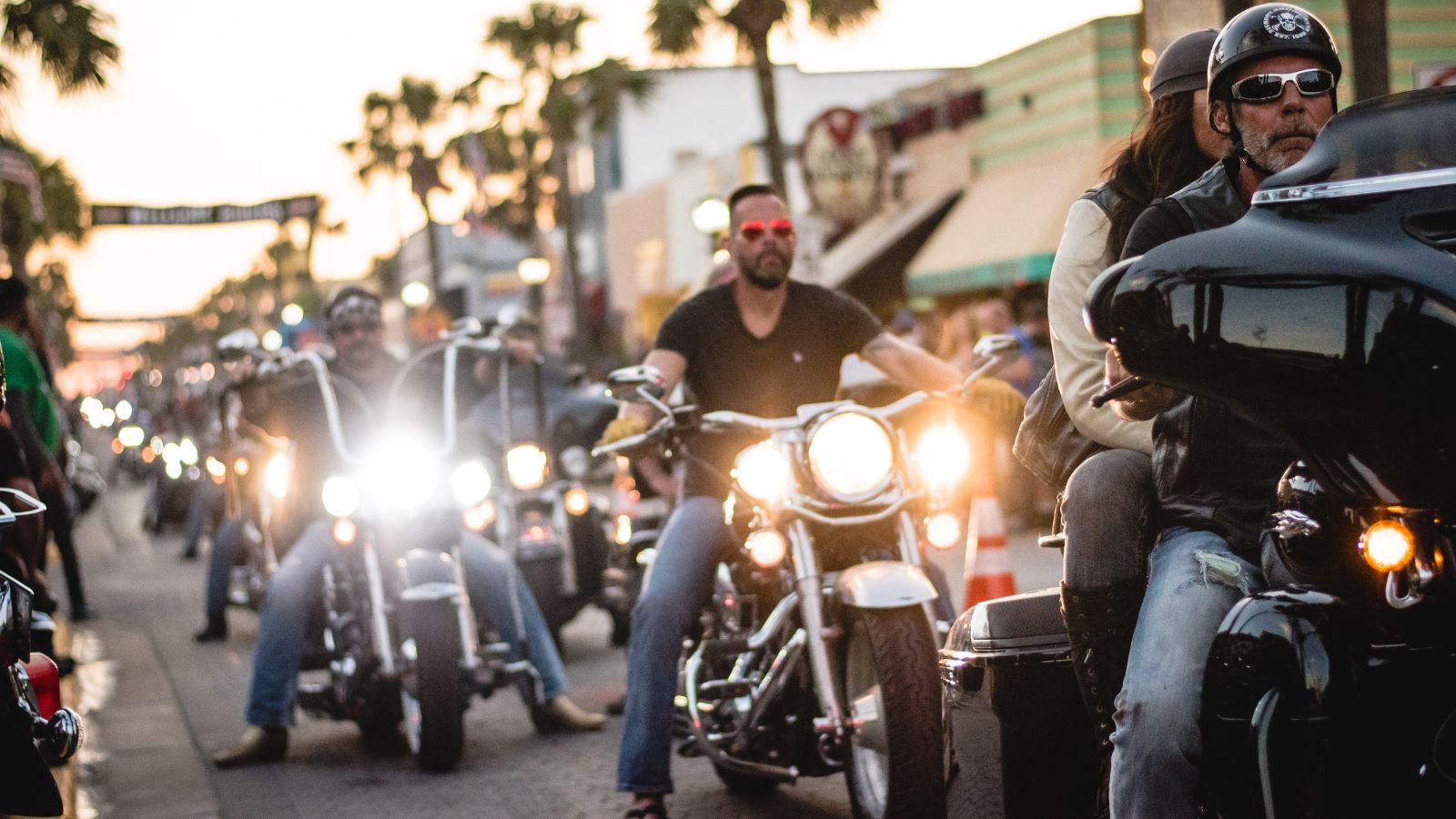
Even in North America, different riding communities use signals differently. Cruiser and touring riders tend to lean into the traditional signals, especially helmet taps, slow-down gestures, and the classic two-finger wave. Sportbike riders, on the other hand, are more likely to point aggressively with hands or feet and sometimes skip the wave if they’re riding fast. Adventure riders mix both styles, often using leg signals more on gravel roads where hazards pop up quickly. The differences are subtle, but they reflect each group’s culture and priorities.
25 Facts About Car Loans That Most Drivers Don’t Realize

Car loans are one of the most common ways people fund car purchases. Like any other kind of loan, car loans can have certain features that can be regarded as an advantage or a disadvantage to the borrower. Understanding all essential facts about car loans and how they work to ensure that you get the best deal for your financial situation is essential. Here are 25 shocking facts about car loans that most drivers don’t realize:
25 Facts About Car Loans That Most Drivers Don’t Realize
